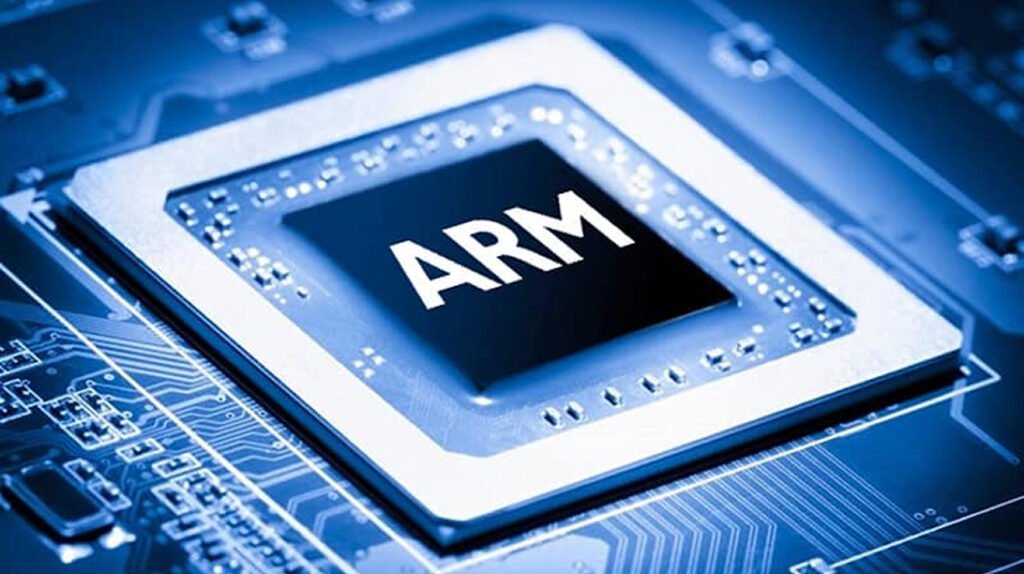Ever thought about what’s powering your laptop’s incredible battery life and speedy performance? The shift to ARM processors is making waves, like a power-efficient superhero shaking up the tech world. Before, x86 processors from Intel and AMD ruled the scene, but ARM is slowly changing the game with its sleek, energy-savvy design. Packed into slimmer laptops, these processors are ushering in a positive industry shift. Wondering why everyone’s buzzing about ARM? Let’s see how these compact wonders are reshaping the future of laptops and why it’s a big win for us all.
ARM vs x86: A Comparative Analysis
Ever wondered what’s under the hood of your laptop? Let’s chat about ARM vs x86 processors. ARM processors are based on the RISC architecture, which stands for Reduced Instruction Set Computer. This means ARM chips are all about keeping things simple and efficient. They take fewer steps to get things done, which makes them super energy-efficient. On the other hand, x86 processors, like those from Intel and AMD, use what’s called a CISC architecture—Complex Instruction Set Computer. These guys are all about doing a lot of things at once, but it can be a bit of a drain on power.
Here’s a quick look at how these two stack up:
| Processor Type | Instruction Set | Energy Efficiency | Battery Life |
|—————-|—————–|——————-|———————|
| ARM | RISC | High | 20+ hours |
| x86 | CISC | Moderate | Less than 20 hours |
What does this mean for you and your gadgets? Well, ARM processors excel when it comes to battery life and performance, especially in mobile devices and thin laptops. If you’re all about streaming, browsing, and working on the go without hunting for a charger, ARM is your friend. They keep things running smoothly with less power, which is why we’re seeing them pop up more in laptops.
For manufacturers, this shift to ARM means rethinking design and software compatibility. They need to balance power and efficiency while keeping apps running without a hitch. It’s a bit of a juggle, but the potential for lighter, longer-lasting devices is a big win for everyone involved. So, next time you’re shopping for a laptop, think about what matters most to you: all-day battery or raw power?
Market Trends and Predictions for ARM Processors
The buzz around ARM processors is getting louder as major manufacturers jump on board. Big names like Qualcomm, MediaTek, and Nvidia are leading the charge, driving a significant industry shift towards ARM-based chips. This isn’t just a tech fad—it’s a transformation. More companies are exploring ARM for their power efficiency and compact design. It’s not just about performance; it’s about creating devices that are more sustainable and user-friendly. With these shifts, ARM processors are becoming a cornerstone of modern computing, reshaping how devices are designed and function.
What’s on the horizon for ARM processors? Let’s take a look:
- Dominance by 2025
- Increased manufacturer adoption
- More affordable devices
- Improved software support
So, how will this reshape the tech world? With ARM’s market dominance, we can expect laptops to be more affordable and efficient. These changes mean longer battery life and better performance without breaking the bank. As software support improves, barriers to entry will lower, making ARM a more attractive option across the board. This isn’t just about making gadgets lighter and faster; it’s about setting a new standard for what we expect from our devices. ARM is paving the way for a future where tech is not only more powerful but also more accessible to everyone.
Final Words
Jumping into the world of ARM processors, we’ve seen how they’re shaking up the laptop scene. These chips, known for their power efficiency and compact design, are giving x86 processors a real run for their money by pushing boundaries with AI capabilities and stellar battery life.
ARM’s impact on laptop performance and market trends shows promise, with big names already moving to these nimble processors. While software compatibility remains a hiccup, progress is in the works.
The shift towards ARM processors in laptops hints at a future brimming with innovation, longer battery life, and sleek designs. Exciting times ahead!
FAQ
Why are laptops switching to ARM?
Laptops are moving to ARM because ARM chips are more energy-efficient and allow for longer battery life. They handle advanced tasks well and help create thinner, lighter laptops, making them great for users on the go.
What is the downside of ARM CPU?
The main downside of ARM CPUs is software compatibility issues. Not all applications, especially older ones made for x86, work perfectly on ARM. But hey, developers are on it, creating fixes and alternatives.
What is the significance of an ARM processor?
ARM processors are a big deal because they use less power and have a lighter architecture. They give laptops impressive battery life and support advanced features, like AI, in a portable package.
Why is Intel not making ARM processors?
Intel isn’t making ARM processors because they’ve focused their tech on x86 architecture. It’s a different kind of chip design they’re sticking with, even as ARM becomes more popular across different devices.
Are ARM laptops good?
ARM laptops are impressive! They offer great battery life, efficient performance, and sleek designs. If you’re into heavy-duty apps, though, double-check that they play nice with ARM.
Will ARM replace x86?
ARM is definitely on the rise, but it’s not replacing x86 entirely. Each has its advantages: ARM’s great for efficiency and mobility, while x86 excels in power and compatibility with tons of software. They’re both sticking around.



